Full Name Frei Paul Otto Role Architect Name Frei Otto | Occupation Architect Nationality German | |
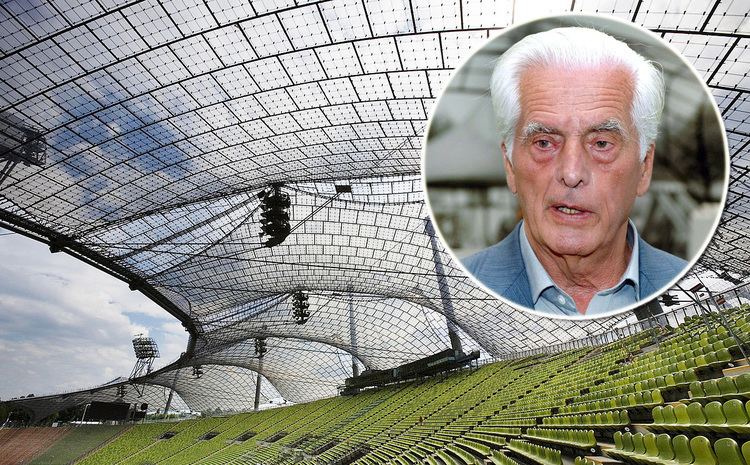 | ||
Spouse Ingrid Smolla (m. 1952–2015) Books The work of Frei Otto, Occupying and Connecting Children Erdmute Bocker, Bettina Otto-Matthes, Angela Boley, Christine Otto-Kanstinger, Dietmar Otto Similar People Gunter Behnisch, Shigeru Ban, Carlo Weber | ||
Frei otto munich olympics stadium and tuwaiq palace architect presentation
Frei Paul Otto ( [ˈfʁaɪ ˈɔtoː]; 31 May 1925 – 9 March 2015) was a German architect and structural engineer noted for his use of lightweight structures, in particular tensile and membrane structures, including the roof of the Olympic Stadium in Munich for the 1972 Summer Olympics.
Contents
- Frei otto munich olympics stadium and tuwaiq palace architect presentation
- Frei otto form finding with soap film
- Early life
- Career
- List of buildings
- Awards selected
- References
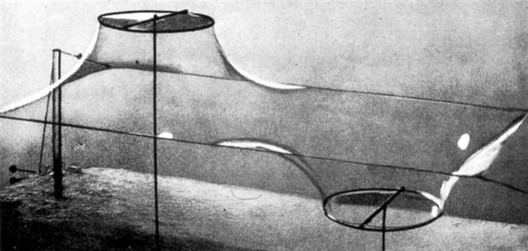
Otto won the RIBA Royal Gold Medal in 2006 and was awarded the Pritzker Architecture Prize in 2015, shortly before his death.
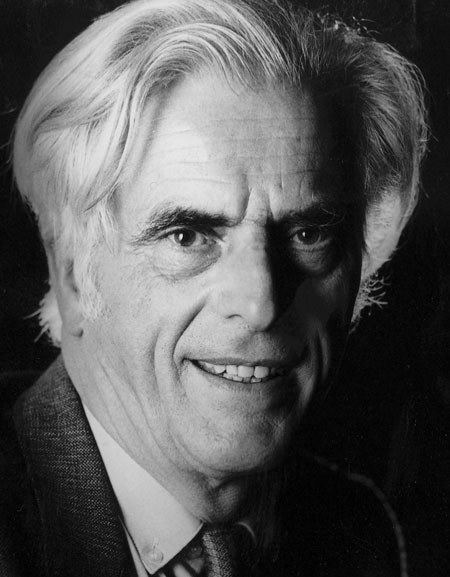
Frei otto form finding with soap film
Early life
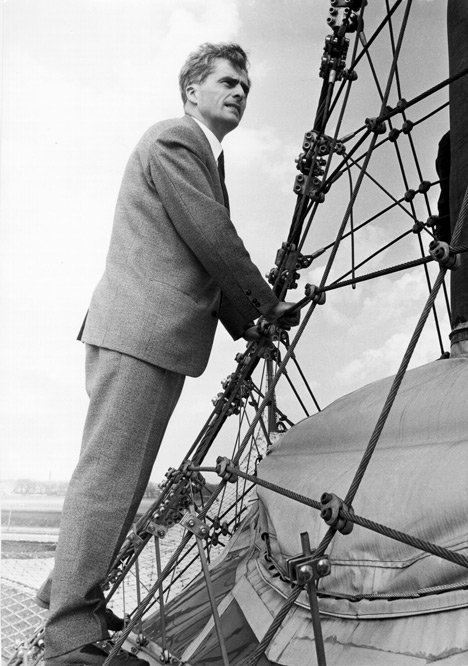
Otto was born in Siegmar, Germany, and grew up in Berlin. He studied architecture in Berlin before being drafted into the Luftwaffe as a fighter pilot in the last years of World War II. He was interned in a POW camp near Chartres and with his aviation engineering training and lack of material and an urgent need for housing, began experimenting with tents for shelter. After the war he studied briefly in the US and visited Erich Mendelsohn, Mies van der Rohe, Richard Neutra, and Frank Lloyd Wright.
Career
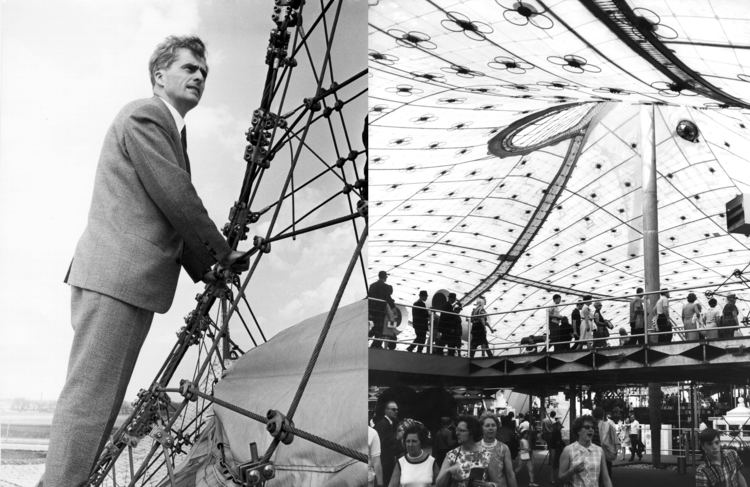
He began a private practice in Germany in 1952. His saddle-shaped cable-net music pavilion at the Bundesgartenschau (Federal Garden Exposition) in Cassel brought him his first significant attention. He earned a doctorate in tensioned constructions in 1954.
Otto specialised in lightweight tensile and membrane structures, and pioneered advances in structural mathematics and civil engineering. He founded the Institute for Lightweight Structures at the University of Stuttgart in 1964 and headed the institute until his retirement as university professor. Major works include the West German Pavilion at the Montreal Expo in 1967 and the roof of the 1972 Munich Olympic Arena. He has lectured worldwide and taught at the Architectural Association School of Architecture, where also he designed some of the research facilities buildings of the school's forest campus in Hooke Park.
Until his death, Otto remained active as an architect and engineer, and as consultant to his protégé Mahmoud Bodo Rasch for a number of projects in the Middle East. One of his more recent projects was his work with Shigeru Ban on the Japanese Pavilion at Expo 2000 with a roof structure made entirely of paper, and together with SL Rasch GmbH Special and Lightweight Structures he designed a convertible roof for the Venezuelan Pavilion. In an effort to memorialise the September 11 attacks and its victims as early as 2002, Otto envisioned the two footprints of the World Trade Center buildings covered with water and surrounded by trees; his plan includes a world map embedded in the park with countries at war marked with lights and a continuously updated board announcing the number of people killed in war from 11 September 2001, onward.
Otto died on 9 March 2015; he was to be publicly announced as the winner of the 2015 Pritzker Prize on 23 March but his death meant the committee announced his award on 10 March. Otto himself had been told earlier that he had won the prize by the executive director of the Pritzker Prize, Martha Thorne. He was reported to have said, "I’ve never done anything to gain this prize. Prize winning is not the goal of my life. I try to help poor people, but what shall I say here — I'm very happy."
List of buildings
This is a partial list of buildings designed by Otto:
